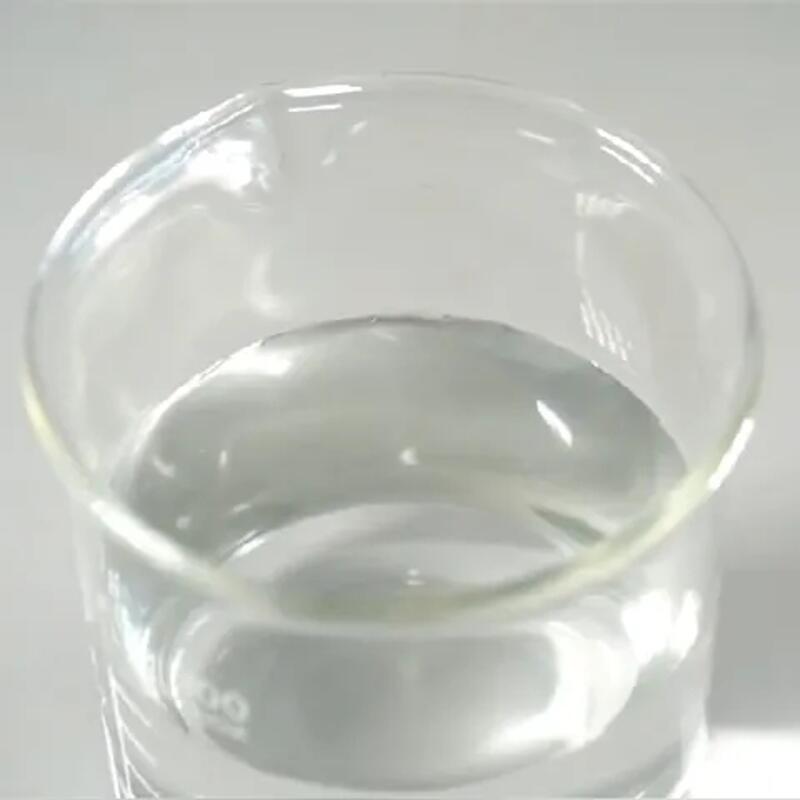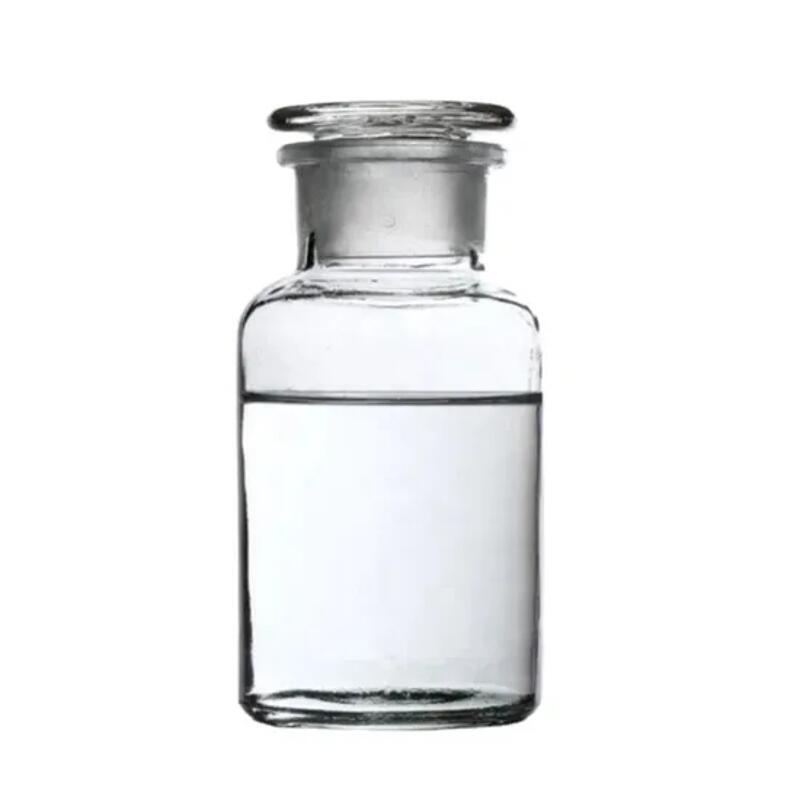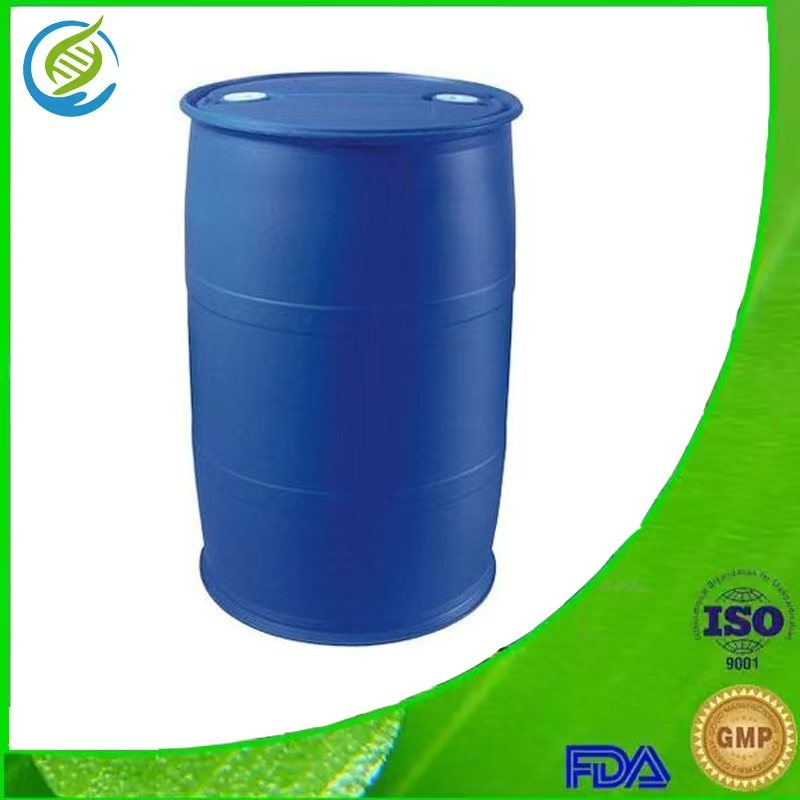1 case of general anesthesia in elderly pulmonary embolism patients
-
Last Update: 2020-06-21
-
Source: Internet
-
Author: User
Search more information of high quality chemicals, good prices and reliable suppliers, visit
www.echemi.com
1Case introductionpatients, female, 60 years old, height 162 cm, weight 65 kg, due to lumbar fracture, the patient's back pain accompanied by lower limb movement disorders, general anesthesia under the spinal fracture cut to reset the internal fixationPrevious history of cerebral infarction 7 years; Parkinson's syndrome 5 years, now the left limb active activity, pulmonary artery embolism and thrombosis history of 2 years, long-term use of warfarin anticoagulant drugs, replaced with defalfalfied; ischemic heart disease - unstable angina history of 3 years, no history of hypertension; no history of allergies and surgery historyThere were no abnormalities in the patient's biochemical test resultsheart color super-tip three-tip valve mild closure incomplete, left ventricle function decreased and blood score (EF) was 57%; pulmonary arterial CTA show pulmonary embolism; head magnetic resonance imaging and diffusion imaging suggestmultiplecavity cerebral infarction; lumbar CT showL1 vertebral compression fracture, L3-L4, L4-L5, L5-S1 vertebral disc protrusionPre-anaesthetic assessment: Elderly women as an ASA gradeiv, heart function graded NYHA II, Mallampati graded I, a spacing of 6 cm, an opening level of 3 fingers, no abnormality in the back of the neckEight years after menopause, denying a history of drug and food allergies, denying smoking, alcoholism and other bad habits, denying respiratory complications, and taking general anaestheticchest CTA prompts patients with right lung and left lung embolism, and the patient's recent history of fractures, bed-in-bed for many days, surgical trauma can again induce pulmonary embolismThe strict requirements for clinical anesthesia are put forward: not only to deepen the depth of anesthesia, inhibit stress reaction, eliminate the cause of pulmonary embolism, but also to maintain hemodynamic stability, can not reduce the supply of important organs to blood, to patients to bring unacceptable complications;anaesthetic monitoring: noninvasive blood pressure, continuous arterial blood pressure monitoring, BIS monitoring, SpO2, ECG, ETCO2In-house SpO2:92% (96%-99% normal human blood oxygen in the absence of oxygen; HR: 100bpm; BP: 140/80mmHg; urine in the urine bag 20 mlPre-anaesthetic preparation: first select the right artery hemp after the arterial puncture pipe, exhaust, school zero, fixed zero point in the left atrium level after the measured arterial blood pressure of 110/50mmHg; BE-4.9, Ca2-15, GLU-5.7, HCO3-27.9, K-3.8, PCO2-35mmHg, PO2-63mmHganaesthetic process: use intravenous induction and inhalation combined with general anesthesiaPreoperative intravenous injection of acetate (long tone) 1mg; induced administration order is: midazolam 3mg, shun aquor ammonium 12mg, fentanyl 0.2mg, relying on miter 20mgAuxiliary mask ventilation, good ventilation, auxiliary breathing 5min after the smooth trachea intubation, model ID , 7.0, the use of gauze to make dental mats, fixed catheters, and the anaesthetic machine and threaded tube connected for mechanical ventilation VT (moisture volume) 550ml, ff (controlled breathing rate) 12 times / min, PEEP is 5 cmH2O, the breathing ratio is 1:2 Inhalation anesthesia was maintained with heptafluoroetherine, given 1% pre-filled, intravenous maintenance of propofol (10mg/ml) and riffintani (40?g/ml) at speeds of 1 ml/h and 10 ml/h respectively patients in the reclining position after the intravenous injection fentanyl 0.1 mg, shun aquoctamm5 mg, inhalation anaesthetic adjusted to heptifluoroede 2%, propofol 5 ml / h, riffintanis for 20 ml / h Anaesthetic depth to achieve the surgical requirements for anisothelipheric, during surgery according to blood pressure fluctuations to give ephedrine (10mg/ml) and norepinephrine (4 ?g/ml), so that blood pressure maintained at 120/70mmHg level, while the interval of 50-60min extra fentanyl and Shun aquecus ammonium, fentanyl total should not exceed 0.6mg; 50 minutes before the end of surgery to stop heptifluorofre, and the ratio of propofol and rifentani adjusted to 30 ml/h and 25 ml/h, while intravenous fentanyl 0.1mg 10min before the end of the operation, the propofol and rifenite infusion speed halved, 3min before the end of the operation stopped intravenous anaesthetic drugs and started the intravenous analgesic pump (PCIA), the ingredients are: Sefintani 100 sg, right metormia set 200 mg, right spin 15 mg, Dorasjun 12.5mg The operation lasted 4 hours and 20 minutes and the patient was awake and returned to the orthopaedic intensive care unit Follow-up the next day breathing is good, blood gas analysis is normal, surgery site slight pain, can tolerate 2 Discussion the airway management in patients with pulmonary embolism plays an important role in the smooth progress of surgery, and the rational use of PEEP can not only improve oxygen saturation, but also improve the patient's prognosis PE patients given PE during mechanical ventilation can prevent lung influx, reduce inflammation of the lungs, improve oxygenation, reduce lung damage and improve lung compliance The patient in the long-term oral warfarin before surgery, in order to prevent re-induced pulmonary arterial embolism, on the one hand, increase the depth of anesthesia, inhibit all stress reactions, eliminate the cause of induced pulmonary arterial embolism; the tolerance of anesthesia and surgery is reduced in elderly patients, which is characterized by low tolerance to narcotic drugs and large fluctuations in circulation Easy to cause myocardial ischemia, drug excretion slow, wake delay, postoperative delirium and so on Clinical dysfunction after general anesthesia is characterized by memory loss, anxiety, personality change and intellectual decline, which seriously affect the patient's prognosis and quality of life At present, it is considered that old age, basic diseases, surgical trauma and drug residues are the main risk factors for cognitive dysfunction after general anesthesia
This article is an English version of an article which is originally in the Chinese language on echemi.com and is provided for information purposes only.
This website makes no representation or warranty of any kind, either expressed or implied, as to the accuracy, completeness ownership or reliability of
the article or any translations thereof. If you have any concerns or complaints relating to the article, please send an email, providing a detailed
description of the concern or complaint, to
service@echemi.com. A staff member will contact you within 5 working days. Once verified, infringing content
will be removed immediately.







